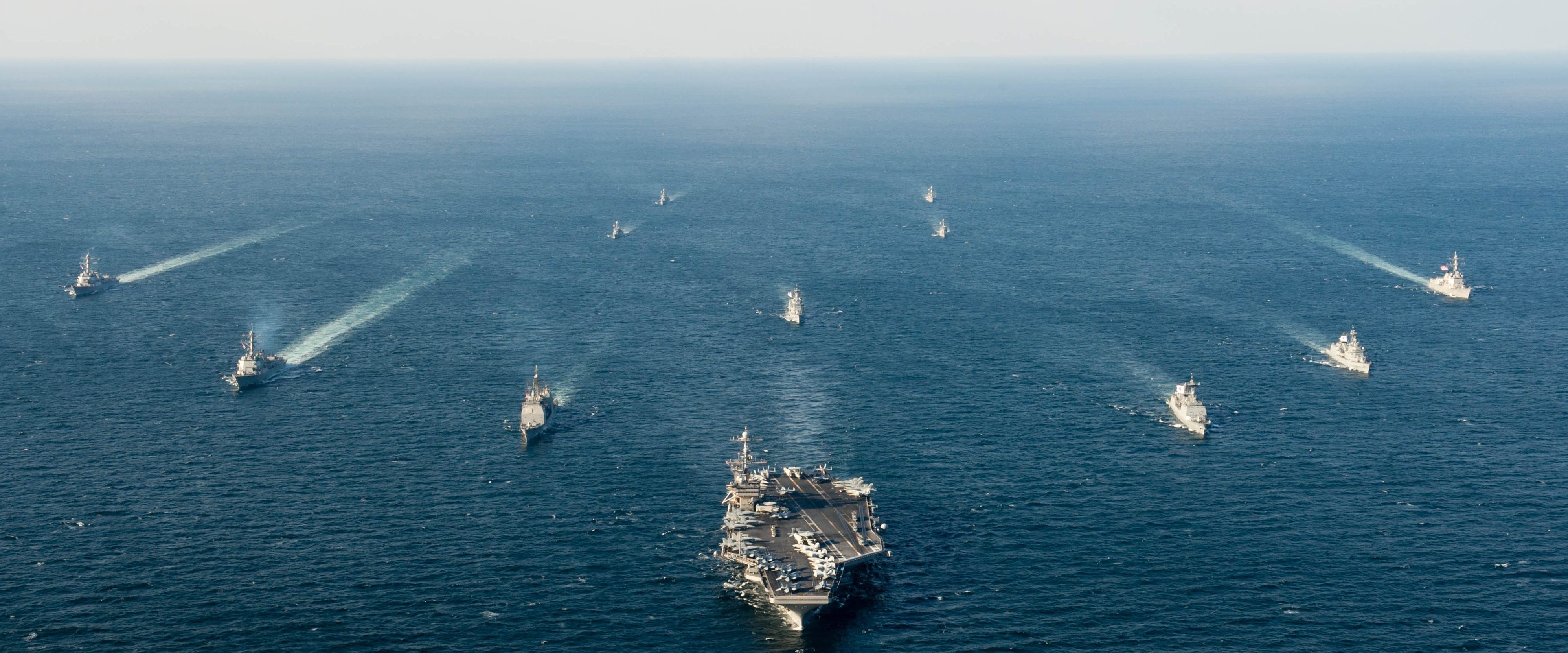![]()
I took a training course this week, How Washington Works. (It discusses Department of Defense decision-making systems and how the services and USSOCOM conduct strategic planning, acquisitions, and development activities.) One of the key take-aways is that the Department, across all services and commands, is focusing on improving readiness.
Consider this. The Antique Automobile Club of America and the commonwealth of Virginia say that an automobile is considered an antique when it is 25 years old. In the state of Connecticut, an antique automobile is 20 years old.
In FY2015, the United States Air Force estimated its aircraft fleet to be, on average, about 27 years old. The aircraft used in Operation Desert Storm is the same aircraft that was used in Operation Iraqi Freedom. It’s also the same aircraft being used these days in Afghanistan and Syria.
In other words, the fleet being used by our airmen and airwomen could be considered historic antiquities. The DOD knows this. That’s why readiness, not just preparedness, is a key DOD-wide focus. Granted, complicating the DoD’s readiness goals is the Budget Control Act and sequestration. If anything, the BCA has taught the Department how to do more with less. The Department has become leaner and, under Secretary Mattis’s leadership, is expected to become meaner as well.
A lean and mean Department of Defense doesn’t mean anything if we don’t have the technologies and the capabilities required. If readiness is one-half of the Department’s challenge in a 21st society, then modernization is the other. But it seems that modernization is a two-part question. How do we modernize for right now and how do we modernize for in the future?
A few years ago, I attended a seminar on cloud technology. At the time, and especially in DOD, cloud technology was in its infancy. It was just becoming a buzzword and non-IT people were starting to take notice. In the seminar, the presenter said something that has stuck with me: “We are not building your grandpa’s DoD. We’re building your grandson’s DoD.”
From the cloud expert’s perspective, it’s not about the fleet that’s replacing the current USAF aircraft, to use my earlier example. It’s about the fleet that’s going to replace the replacements. What comes next when you don’t know what comes next?
In How Washington Works, part of our discussion focused on exactly that. That what comes after what comes next is going to be, most likely, something cyber-related. Or cyber-influenced. We can see the writing on the wall already. It’s already vital to daily operations across the whole spectrum of government, state and local included. But because of how fast cyber activities change, is cyber really the answer to readiness and modernization?
I don’t think so. Keep in mind that cyber, exactly like new cars being driven off the lot, starts depreciating as soon as it’s released. That said, it’s most likely that cyber will be part of the solution for readiness and modernization. Cyber may even simplify readiness and modernization or make them more efficient.
So the question still remains…what comes next? How do we, the current workforce here and now, do our part to prepare our services, systems, technologies, and capabilities for a world 40 years into the future? How will Washington work then? How can Washington become ready?
Meganne Lemon is part of the GovLoop Featured Blogger program, where we feature blog posts by government voices from all across the country (and world!). To see more Featured Blogger posts, click here.





Leave a Reply
You must be logged in to post a comment.